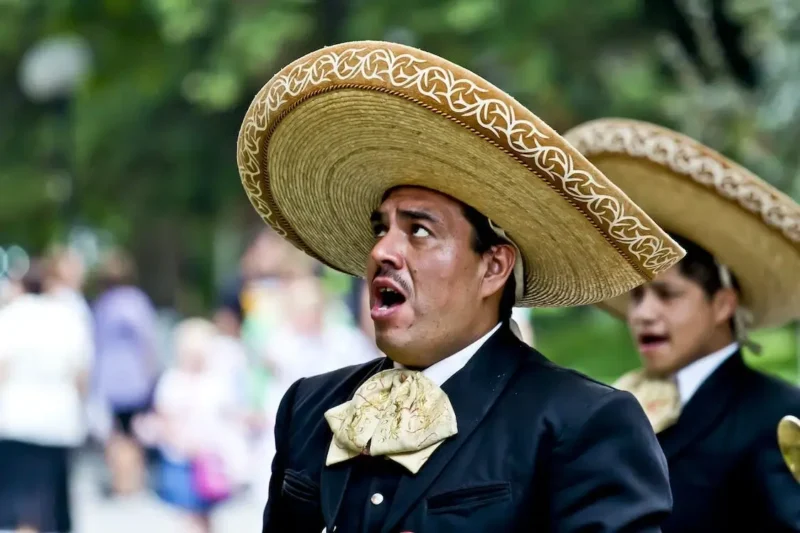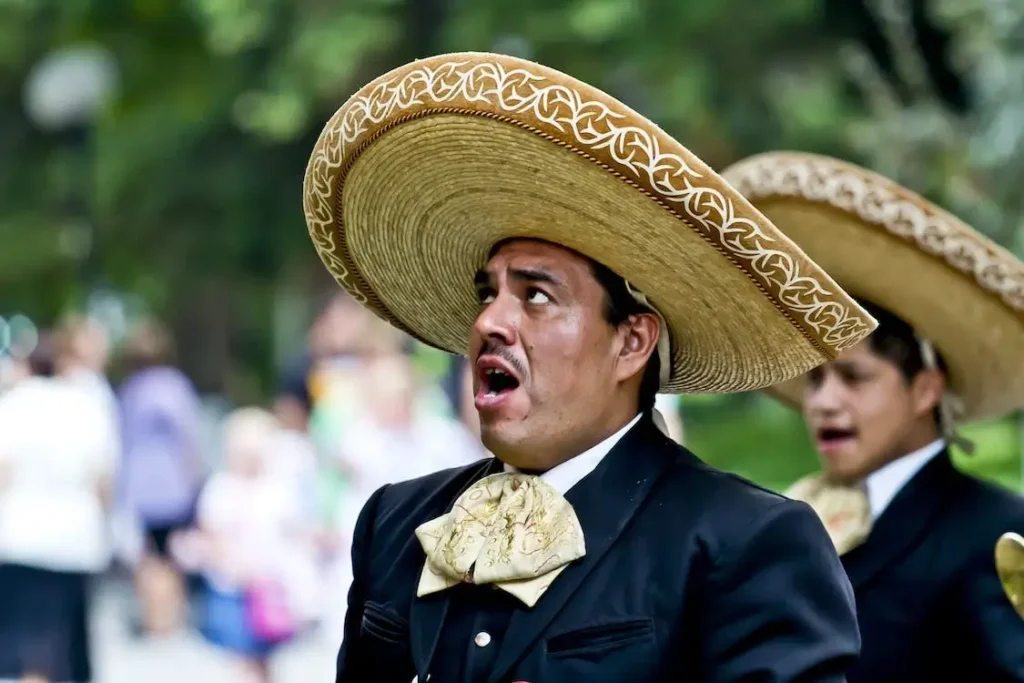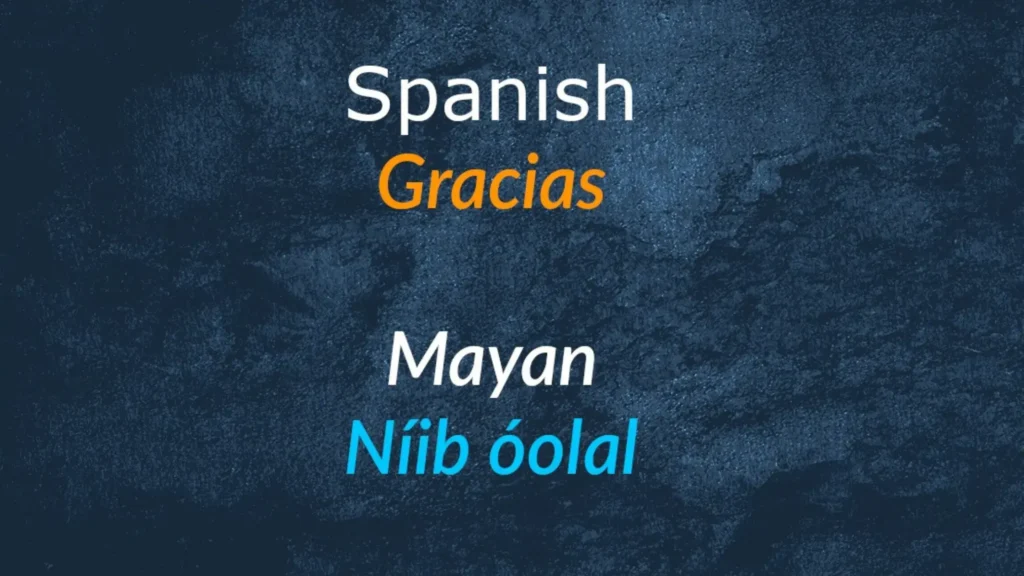Why is Spanish spoken in Mexico? Unveiling the Historical and Cultural Reasons

Over 99% of people in Mexico speak Spanish, specifically Mexican Spanish, as their first language. Spanish is the most widely spoken language in the country. But why, in a nation thousands of miles distant from Spain, is this European language so widely spoken? The events that shaped Mexico’s history hold the key to the solution.
The Spanish dialects and sociolects spoken in Mexico make up the Mexican Spanish dialect. Interestingly, Mexico has more Spanish speakers than any other nation in the world more than twice as many as any other country.
Not only has this language influenced Mexico’s identity and culture, but it has also influenced how it interacts with other countries.
It’s important to keep in mind, though, that although Spanish is the official national language of Mexico, the government also honors the 63 indigenous languages that are spoken there. Nahuatl, Mayan, Mixtec, and other languages are among them.

Mexico is a country full of contrasts and a rich history. Spanish is the primary language spoken there, so knowing it will help you understand the intricate mosaic of the local culture. Let’s take a look at why it prevails here.
The original inhabitants of Mexico
Of course, the original inhabitants of Mexico were not the Spaniards, but among them were significant civilizations such as:
- The Olmecs who founded the city of Teotihuacán in the Tabasco region in 200 BCE.
- The Mayans lived in the Yucatán region. They were the most advanced civilizations in pre-Columbian America, and most of you will surely recall the Mayan calendar. The Mayans are also connected to the Toltec civilization.
- The Aztecs, appearing at the beginning of the 14th century, founded the famous city of Tenochtitlan.
You may like to check out: Is Mexico Safe to Travel? A Comprehensive Guide to Staying Safe on Your Trip.
What language is spoken in Mexico?

At the beginning of the 16th century, Spanish conquistador Hernán Cortés conquered the Aztec Empire, and the country gradually became part of the colonial administration of Spain.
This is, among other reasons, why Spanish is predominantly spoken in Mexico. While Spanish is the official language of Mexico, the country also has more than 60 indigenous Native American languages that coexist and are still spoken by some population groups.
Among these languages, the most widely spoken are Nahuatl (which is known for its suffixes like ‘-tl,’ for example, the volcano Popocatepetl), Mayan, Mixtec, and Zapotec.
Spanish in Mexico has the same grammar as in Spain, with the only difference being the lack of the second-person plural form (similar to English, which doesn’t distinguish between formal and informal ‘you’).
In tourist cities, you can, of course, communicate in English, but in small villages, you will often rely solely on Spanish.
Therefore, it’s a good idea to learn at least some basic expressions and phrases before your vacation in Mexico, such as:
- Hola – Hello
- Por favor – Please
- Gracias – Thank you
- ¿Cuánto cuesta? – How much does it cost?
- ¿Dónde está el baño? – Where is the toilet?
- ¿De dónde viene el autobús? – Where does the bus go from?
Population composition
The majority of the local population consists of so-called Mestizos – a mix of Indigenous people and Europeans. Indigenous people and Europeans (Creoles) make up less than a third of the population, with Creoles representing only 9%.
Mexicans are predominantly Christians, with Roman Catholics in the majority.
Cultural customs
Mexicans are generally very polite and courteous people, and it is expected that you will also maintain a certain level of politeness when communicating with them. Using words like ‘please’ and ‘thank you’ is considered a matter of course.
However, it is common practice to negotiate the price. In markets, smaller shops, and craft workshops, it is part of the trade. The national currency is the Mexican peso, but in tourist areas, most merchants also accept American dollars.
Mexicans, similar to Italians, enjoy entertainment, nightlife, and social gatherings. Therefore, various family or community celebrations called ‘fiestas’ are frequent.
In tourist areas and fine-dining restaurants, it is customary to leave a tip of 10–20%. Sometimes it is already included in the total bill.
Language and culture are intertwined
Mexico is a fascinating country with a rich history, culture, and delicious cuisine. Knowledge of Spanish can be the key to a deeper understanding of this amazing destination.
Even if you don’t speak Spanish and plan to stick to touristy areas, you can still enjoy your vacation in Mexico with just English. However, during your visit, you’ll likely pick up some Spanish along the way.






